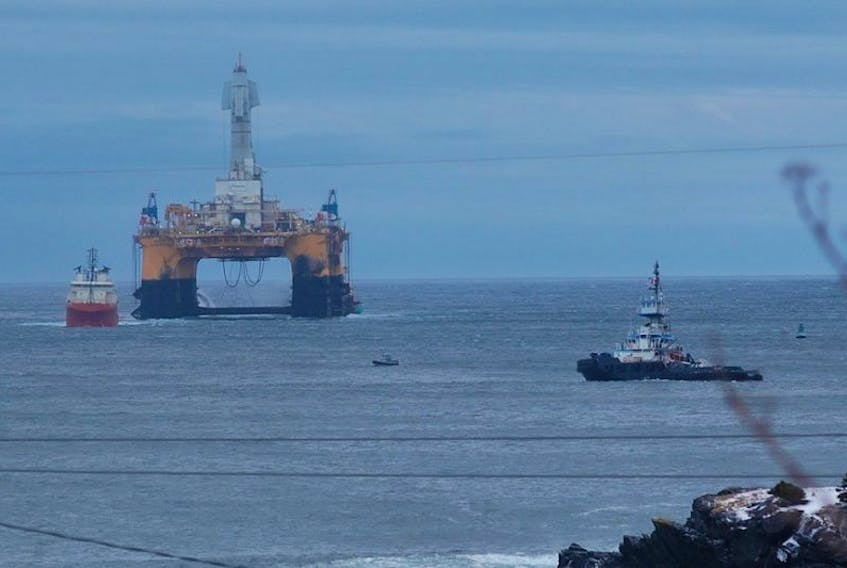CBC News recently carried an article about the Sierra Club, in concert with some environmental and indigenous groups, being concerned about handing over responsibilities for environmental impact assessments on offshore oil and gas projects in Atlantic Canada to energy regulators. The regulators in Atlantic Canada are the Canada-Newfoundland Labrador Offshore Petroleum Board and the Canada-Nova Scotia Offshore Petroleum Board.
There is concern that such regulators may not be trustworthy when it comes to overseeing environmental protection by the petroleum industry, and an overarching independent agency is required.
As a scientist involved in environmental studies at Fisheries and Oceans Canada (DFO) for a number of years, I have some appreciation of the development, evolution and execution of environmental programs carried out by developers in Atlantic Canada.
Statements about the apparent trustworthiness of regulators caught my attention: A) “they don’t have the inclination nor the capacity to be looking at complicated matters having to do with endangered species, ecosystem protection and other industries.” B) “they have expertise in how to drill, but I would say that is not going to be good enough to protect our ocean.”
The environmental programs in Atlantic Canada actually evolved under the aegis of the regulatory boards through extensive discussions with scientists and managers from DFO, Environment Canada and others.
Environmental effects monitoring (EEM) carried out at the first development site on the Grand Banks was similar to those being carried out in other countries at the time. But followup programs on the Grand Banks were greatly enhanced and included studies on water contamination, sediment contamination, fish contamination, sediment ecology, plankton communities and risks to fish health and productivity. Programs at the offshore development sites in Nova Scotia have not been so detailed, but they are much smaller.
How does petroleum industry-led EEM programs facilitated by the boards measure up to those carried out in other jurisdictions, such as the U.K., Denmark, Netherlands, Australia, Italy, the U.S. and Norway? Many have had or presently carry out programs to a varying degree, often a limited degree. The EEM programs for the Grand Banks are more comprehensive than those in other countries, the only exception being Norway, whose program is generally comparable but differing somewhat.
The environmental programs in Atlantic Canada actually evolved under the aegis of the regulatory boards through extensive discussions with scientists and managers from DFO, Environment Canada and others.
It is said a major difficulty for trusting regulators is that they don’t have the “inclination nor the capacity” to cover environmental issues. This indicates a lack of understanding on how the environmental protection process is carried out for industry-led EEM programs. EEM program reports are submitted by the boards for review by DFO, Environment Canada and others. A large scientific capacity is brought into play to review the reports, including expertise in ecology, environmental toxicology, oceanography, statistics, and fisheries, and scientists with expertise in marine mammals and species at risks. Is it now being suggested that an alternative model is required in which such a wide variety of scientific expertise would be developed in-house or contracted externally under an overarching independent agency?
In addition to scientific analysis, a key component of the present model includes review of programs by regional governmental managers who have responsibilities for habitat and fish protection and interact directly with the regional boards. Would such important regional management functions in DFO and Environment Canada be effectively “shuttered” by an overarching agency? Who would lead discussions with industry concerning definition of potential habitat effects and any need for habitat compensation?
In responding to concerns by the Sierra Club and other groups, a Canadian Environmental Assessment Agency official noted that “evidence” would play a role in any change of the regulatory process for offshore oil and gas developments. Can the Sierra Club provide “evidence” that past or present environmental programs for protection of the ocean environment and fisheries carried out in other countries are superior to those carried out in Atlantic Canada under the aegis of the present regulatory boards?
Jerry Payne, PhD
Retired DFO scientist
St. John’s









